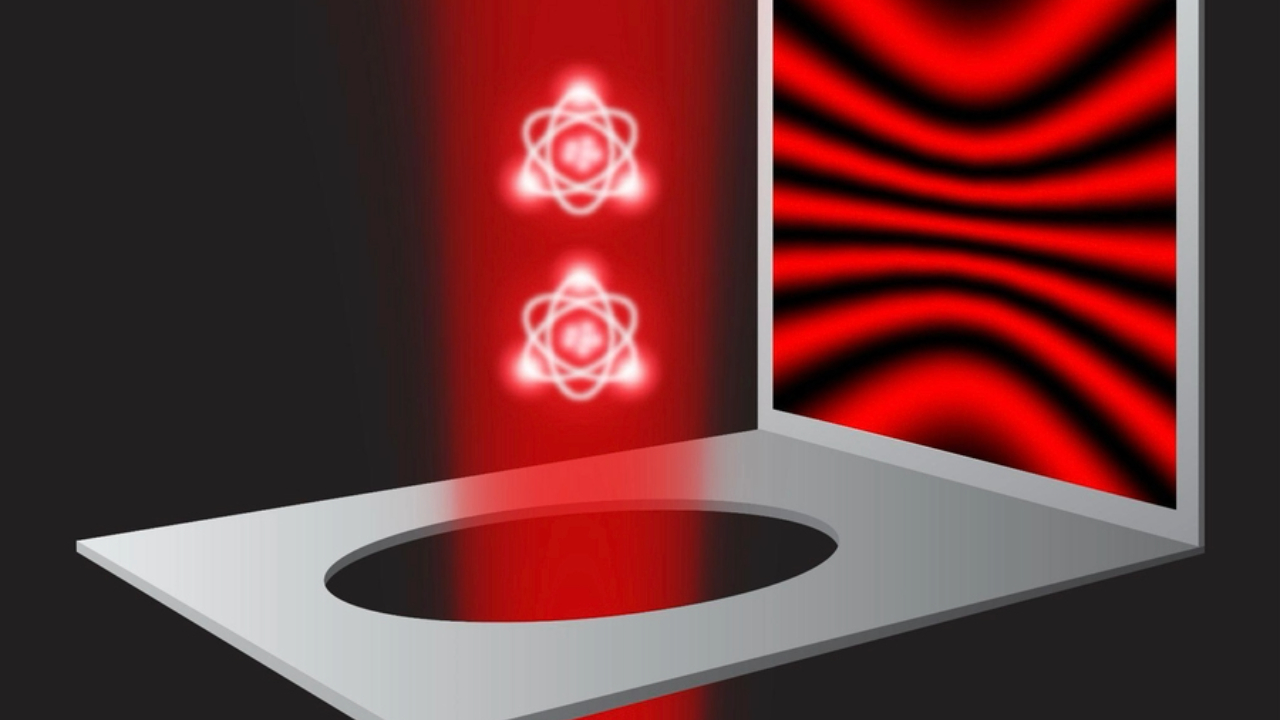Have you ever wondered just how fast light travels when nothing stands in its way? Understanding the speed of light in a vacuum isn’t just a science fact—it can change the way you see the world around you.
Imagine knowing the secret behind the fastest thing in the universe and how it affects everything from your phone to the stars above. Keep reading, and you’ll discover surprising insights that make this invisible speed feel real and closer than ever before.
Table of Contents
ToggleSpeed Of Light Basics
Light speedmeans how fast light moves in empty space. It is very fast—about 299,792 kilometers per second(or 186,282 miles per second). This speed is the highest speed anything can travel.
Scientists long ago tried to measure light speed. Early attempts used simple tools like mirrors and lanterns. They looked at how long light took to travel certain distances.
| Year | Scientist | Measurement Method | Result |
|---|---|---|---|
| 1676 | Ole Rømer | Timing Jupiter’s moons eclipses | Light takes time to travel, speed estimated |
| 1849 | Fizeau | Rotating toothed wheel | Measured speed close to actual value |
| 1862 | Foucault | Rotating mirror | More precise light speed measurement |
Exact Value Of Light Speed
The speed of light in a vacuum is a universal constant. It is exactly 299,792,458 meters per second. This value does not change. Scientists use it to define the meter itself. This makes measurements very precise worldwide.
| Unit | Value | Notes |
|---|---|---|
| Meters per second (m/s) | 299,792,458 | Standard unit in physics |
| Kilometers per second (km/s) | 299,792.458 | Used for larger distances |
| Miles per second (mi/s) | 186,282 | Common in the USA |
| Miles per hour (mph) | 670,616,629 | Used for everyday speed comparisons |
Factors Affecting Light Speed
Light travels fastest in a vacuum at about 299,792 kilometers per second. Factors like air, water, or glass can slow it down. The speed depends on the medium through which light moves.
In Vacuum
The speed of light in a vacuum is always about 299,792 kilometers per second. Nothing can travel faster in empty space. This speed is constant and does not change. Light moves freely without any obstacles or resistance. It is the fastest speed known in nature.
In Different Mediums
Light slows down when it passes through materials like water, glass, or air. This happens because light interacts with the particles in these materials. The denser the material, the slower light travels.
| Medium | Speed of Light (km/s) | Effect on Light Speed |
|---|---|---|
| Vacuum | 299,792 | Fastest, no slowing |
| Air | ~299,700 | Almost as fast as vacuum |
| Water | ~225,000 | Light slows down significantly |
| Glass | ~200,000 | Light slows even more |

Credit: www.facebook.com
Importance In Physics
Lighttravels at a speed of 299,792,458 meters per second. This speed is the fastest in the universe. It is a constant in physics. Scientists use it to understand many things. It helps in learning about stars and galaxies. The speed of light is a key in physics laws. It shows how fast energy can travel.
Albert Einstein’s theory of relativity uses light speed. It helps explain how time and space work. When things move close to light speed, time slows down. This is called time dilation. Relativityhelps us understand gravity and the universe.
Light speed affects how we see time and space. It connects them in a special way. In space, distances are measured in light-years. This tells us how far light travels in a year. Understanding light speed helps us explore the universe.
Measuring Light Speed Today
Light travels in a vacuum at about 299,792 kilometers per second. Scientists use precise tools to measure this speed accurately. This constant speed helps us understand space and time better.
Modern Techniques
Scientists use lasers and mirrors to measure light speed with great accuracy. Light beams travel through vacuum tubes, and sensors detect the time taken. Atomic clocks help record precise time intervals. These tools allow measuring the speed of light as about 299,792 kilometers per second. This value remains consistent worldwide.
Technological Applications
- GPS systems rely on accurate light speed for positioning.
- Fiber optic internet uses light signals to send data quickly.
- Medical devices like lasers depend on precise light speed knowledge.
- Space exploration uses light speed to track spacecraft signals.

Credit: www.space.com

Credit: www.facebook.com
Frequently Asked Questions
What Is The Speed Of Light In A Vacuum?
Light travels at about 299,792 kilometers per second in a vacuum, the fastest speed known.
Why Does Light Speed Change In Different Materials?
Light slows down when passing through materials like water or glass due to their density.
How Does Light Speed Affect Technology And Science?
Light speed limits communication and helps scientists understand space and time better.
Conclusion
Light travels incredibly fast in a vacuum—about 299,792 kilometers per second. This speed is a fundamental part of how the universe works. It affects everything from how we see stars to how we communicate with satellites. Understanding light’s speed helps us learn more about space and physics.
Though we cannot reach this speed ourselves, light shows us the limits of nature’s speed. It remains a key topic in science and everyday life. Knowing this fact makes the world feel a little smaller and more connected.


